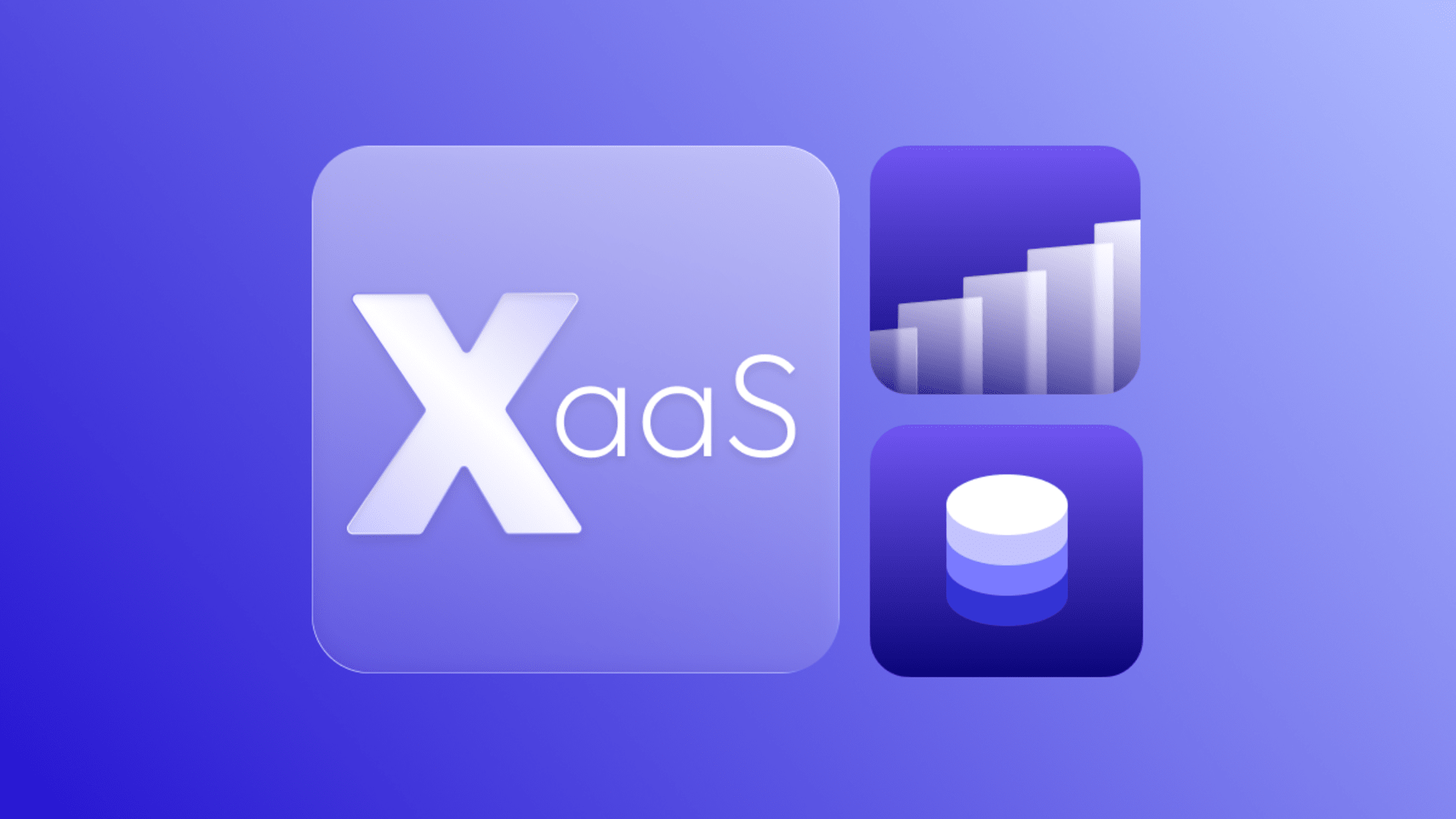According to the 2022 Red Hat State Of Open-Source survey, two important statistics leap out:
- 82% of IT leaders choose to work with enterprise open-source vendors.
- 80% of businesses expect to increase their use of enterprise open-source software for emerging technologies.
Those are numbers that cannot be denied. Just ten years ago, those statistics would have been unheard of. However, with more and more businesses needing to make the jump to agile methodologies, containerization, cloud-native, and serverless, open-source software has not only become exponentially more popular but it’s also become a necessity.
But why? What exactly is the true freedom of using open-source software, and why are so many businesses dependent upon it?
Let’s dig in and find out.
The open nature of open-source
The biggest reason why so many businesses depend on open-source solutions is because of its very nature. Open-source isn’t just about being free. In fact, even if most open solutions had a price tag, enterprise businesses would be more than willing to pay the price. The reason for this is that it’s open.
What does that mean?
Primarily, the open in open-source means the code is readily available to download, inspect, modify, and re-distribute. The fact that businesses can modify the code is a huge selling point.
Consider this: Your company purchases a proprietary piece of software, only to find out there are one or two things that it either cannot do or doesn’t do well enough. Or maybe you buy that software, only to realize it could be helpful for another purpose, only to find out the software license doesn’t allow you to use the software outside of its intended purpose.
Those limits can be insurmountable hurdles that can not only waste valuable time but can also wind up costing you money.
After all, time does equal money.
Because of the open nature of open-source software, you not only have access to the code, but you can also alter it such that it’ll do exactly what you need. You can even use the software outside of its intended function. In other words, it’s up to you how, when, where, and why you use open-source software.
Flexibility beyond imagination
Another freedom open-source delivers is flexibility. With open-source software, you’re not limited to how a piece of software can be used. You’re also not limited to what other pieces can be placed together to form a completely different toolchain or full-stack application.
Even better, you can mix and match. For example, your business is developing a mobile application that will change the landscape of how users interact with a company. For that, you’ll probably need a database. Because you’re working with open-source, you get to decide which database to use. Maybe it’ll be MongoDB, Cassandra, CouchDB, ArangoDB, or Google Cloud Firestone. Thanks to your adoption of open-source technology, the choice is yours. And with open APIs, there’s no limit to how creative you can get in connecting these various pieces together.
You are also not limited to using off-the-shelf software. Yes, with open-source software, you can easily plug in various tools and solutions, created by other developers, into your stack. And there are plenty of stacks already created on which you can base your software. There’s MEAN, MERN, LAMP, and Ruby On Rails (to name a few) but you could go so far as to create your own. The LAMP stack is one of the most widely used on the planet, but it might not have everything you need. Maybe instead of Apache, you want NGINX. Instead of MySQL, you’ll want MongoDB. Even better, you might have created a tool for the stack that does something no other team has ever thought of doing.
You could build a stack comprised of:
- Linux
- NGINX
- MongoDB
- Python
- X
Where X is the special piece your development team created that makes it possible to integrate the entire stack into the mobile app you’re developing. Because everything else in the stack is open-source, your developers shouldn’t have any problem making X work. Had that stack consisted of proprietary software, integrating your own piece of the puzzle could be a nightmare.
Once you’ve created and integrated X into your stack, consider releasing that component with an open-source license so others can benefit from your work. That might sound like a way for your competition to get a leg up but giving back is part of the open-source ethos. Not only would you be helping another company, but the work they put into X will also be available to you. Should that other company improve X in a way your team might not have predicted or seen, that would greatly benefit you as well.
All the while, not a single penny has exchanged hands.
Try that with proprietary software and see how far you get.
You can’t spell “freedom” without “free”
If there’s one universal truth, it’s that every business wants to save money. Enterprise businesses not only learned that lesson but employ it everywhere they can. With the vast majority of open-source software being free of charge, it makes perfect sense to embrace the technology simply for cost savings alone.
The truth is, most businesses could function just fine with nothing but open-source software. Although there is the temptation to use proprietary solutions, such as Slack, there are open-source solutions (like Rocket.chat) that offer similar functionality without the cost.
Or maybe you need an in-house cloud solution. For that, you could deploy Nextcloud.
- Office suite? LibreOffice.
- eCommerce solution? WordPress and Woocommerce.
- Graphics editor? GIMP.
- Operating system? Linux.
If you have a team with the talent and time, they could develop in-house solutions using open-source software. For example, your team could clone the LibreOffice repository with the command git clone https://git.libreoffice.org/core. They could then fork LibreOffice and create an office suite specific to the needs of your company.
That’s a level of freedom you cannot have with closed-source software.
Containers and the cloud
Both containerized and cloud deployments give every business unheard-of flexibility. Containers make it possible for your company to not only deploy full-stack applications with ease but also make it very easy to scale those deployments up and down as needed.
The cloud has become so prevalent in technology that it’s almost hard to imagine going without it. Cloud-native development empowers your development teams to create applications that can offload data processing, computing, storing, and sharing to a third-party host, so you’re not having to shell out considerable portions of your budget for servers powerful enough to handle the task.
Neither containers nor the cloud would be possible without open-source software.
Languages, libraries, and frameworks
Finally, when you start looking into the languages, libraries, and frameworks available for your projects, you’ll soon realize that most of them are released with an open-source license. Thanks to that, you have unfettered access to those tools for free.
Imagine if you had to pay for all of the languages, libraries, and frameworks your teams depend on to create the solutions you need. Your budget would dry up fairly quickly. Either that or your company would have to put a stop to a large portion of your development projects.
Java, JavaScript, PHP, Python, and Go are all open-source languages. Imagine doing what your company needs without them. The same thing holds true with frameworks like Django, React, and Vue.
Without open-source languages, libraries, and frameworks, the world would not enjoy nearly the amount of innovation we see happening. And without innovation driving technology, most businesses would struggle to continue moving forward in a landscape that has become incredibly competitive.
BairesDev Promotes Open-Source for a Better Future
We understand the challenges that come with open-source solutions, but we believe in them as a way to further innovation and collaboration. That’s why we have a special focus on open-source with a strategic CSR set of practices. We provide financial support to a number of open-source projects, including Chakra UI, Gitea, JSdelivr, Ajv, and Bulma among others. We incentivize our developers to contribute to open-source projects, promoting collaboration and skill growth. Finally, we actively participate in open-source communities, attend conferences and events and support open-source initiatives.
Conclusion
Yes, your company could survive with nothing but proprietary software but it certainly wouldn’t thrive. If you really want to stay in step with the competition (or get ahead), your company will have to adopt open-source software on numerous levels—from development all the way to end users.
Not only will your business save quite a bit of money, but it’ll also be considerably more flexible, which can lead to game-changing innovation.






